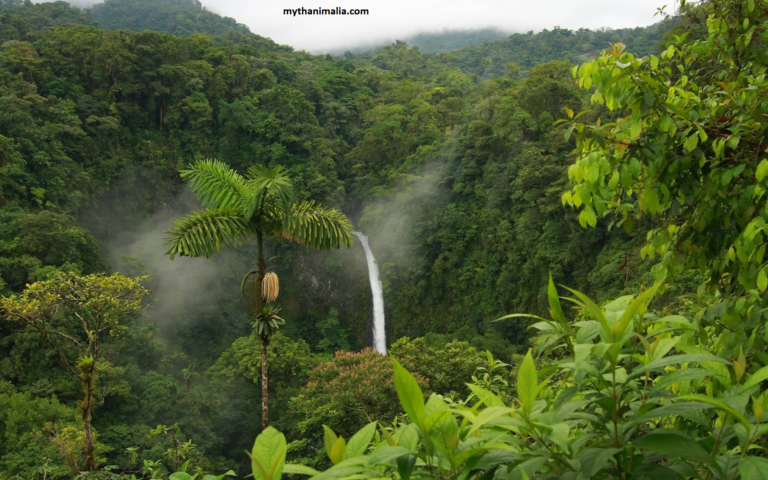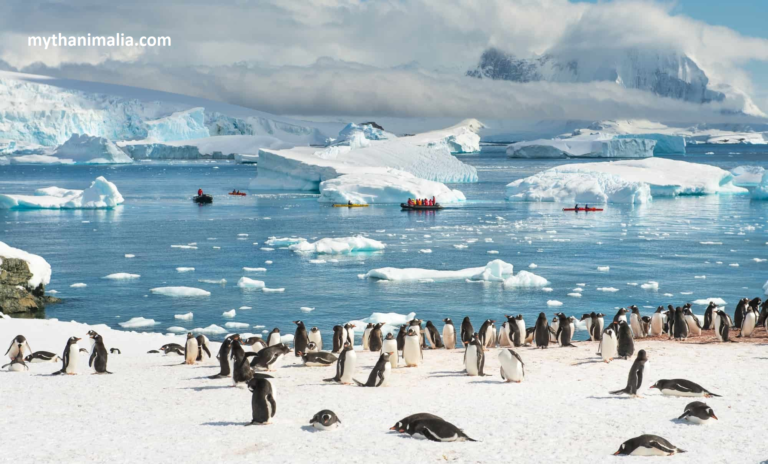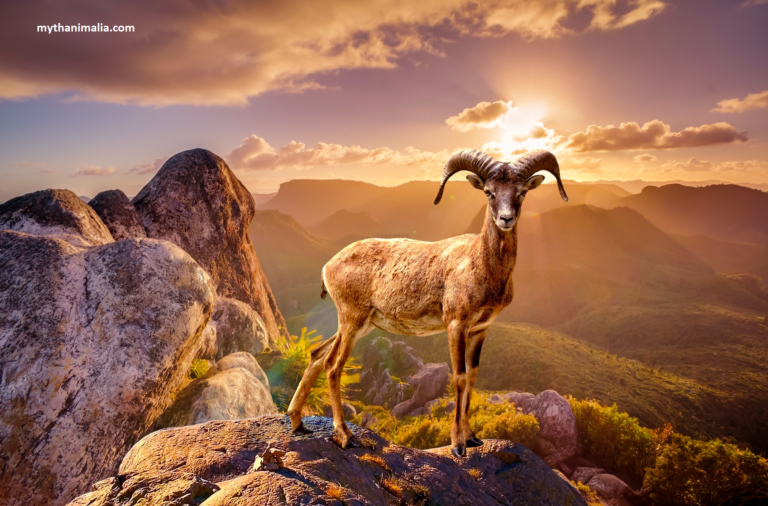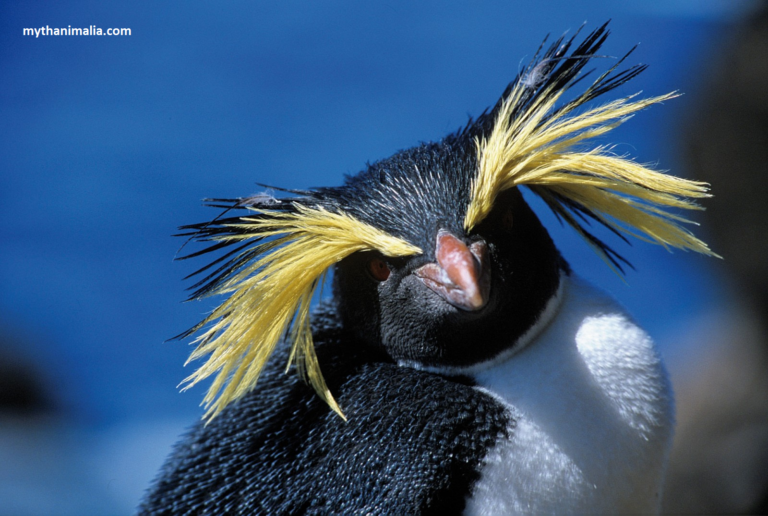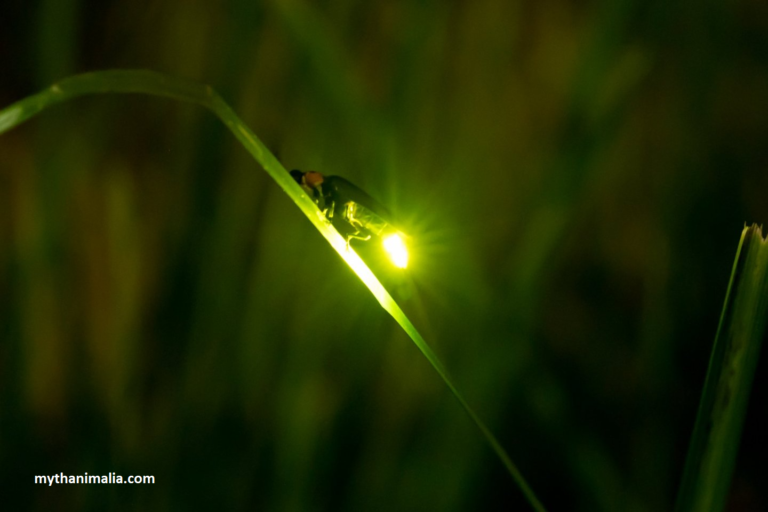Desert Wildlife, What animals & plants live in the desert ecosystem
Deserts, frequently seen as empty lands, are habitats for a wide variety of specially adapted wildlife that can thrive in tough conditions Desert animals, including their adaptations, notable species, interactions between plants and animals, the difficulties they encounter, and the conservation endeavors dedicated to safeguarding these distinctive ecosystems.
Adaptations of Desert Wildlife
The inhabitants of deserts have developed impressive adaptations to endure harsh temperatures and limited water resources. Ranging from anatomical characteristics such as water-retaining humps in camels to behavioral tactics like nocturnal behavior, these adaptations are crucial for their survival.
Iconic Species
Desert life introduces us to iconic species such as the resilient desert tortoise, the agile fennec fox with its oversized ears, & the venomous yet fascinating Gila monster. Each species contributes to the rich tapestry of life in arid ecosystems.
Desert Species
- Camels
- Desert Foxes
- Scorpions
- Desert Tortoise
- Gila Monster
- Sidewinder
1- Desert Camels
The Ships of the Desert Camels, with their distinctive humps and endurance, are iconic desert mammals. These animals have been essential to the livelihoods of desert communities for centuries.
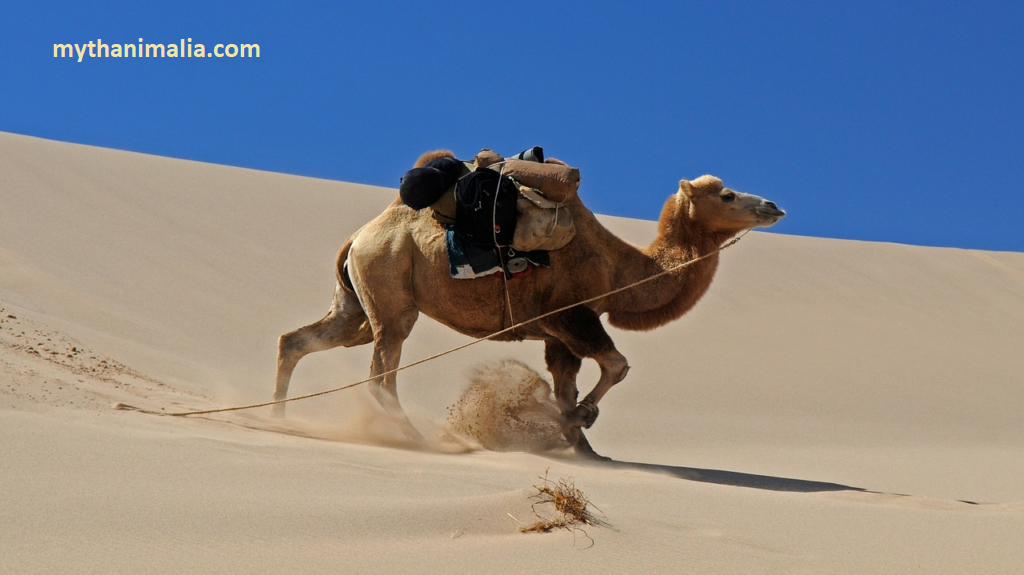
2- Desert Foxes
Masters of Survival Swift and cunning, desert foxes have adapted to both hot and cold deserts. We uncover the secrets behind their survival skills and their role in maintaining ecological balance.
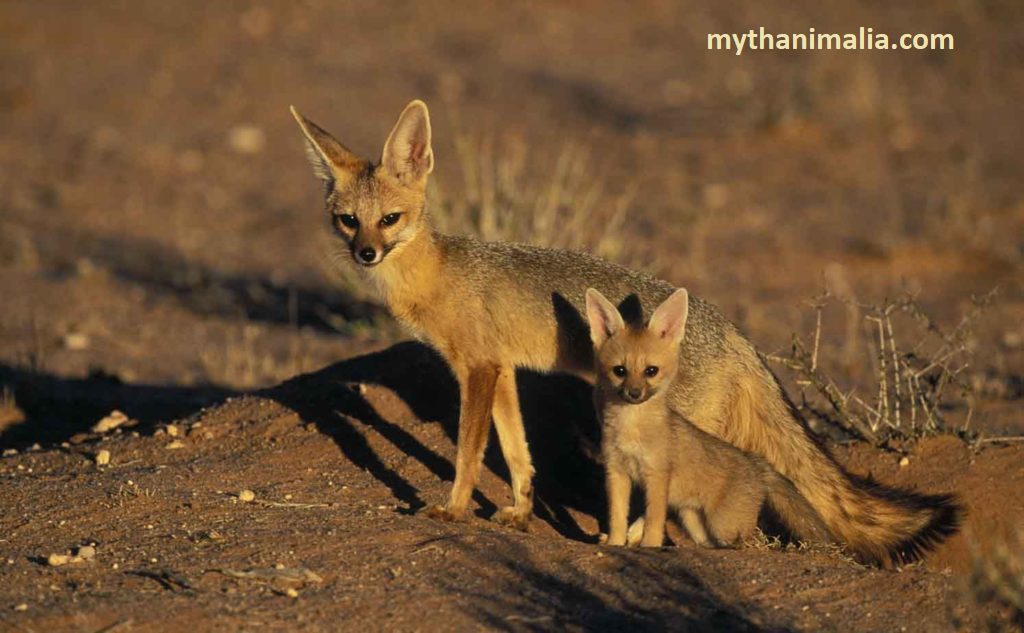
3- Desert Scorpions
Nighttime Predators converting into the mysterious world of nocturnal predators. A light on scorpions and their unique adaptations for hunting in the dark, desert scorpions, particularly the giant hairy scorpions. It is a fascinating creature, perfectly adapted to the harsh desert environment, here’s a glimpse into their world.
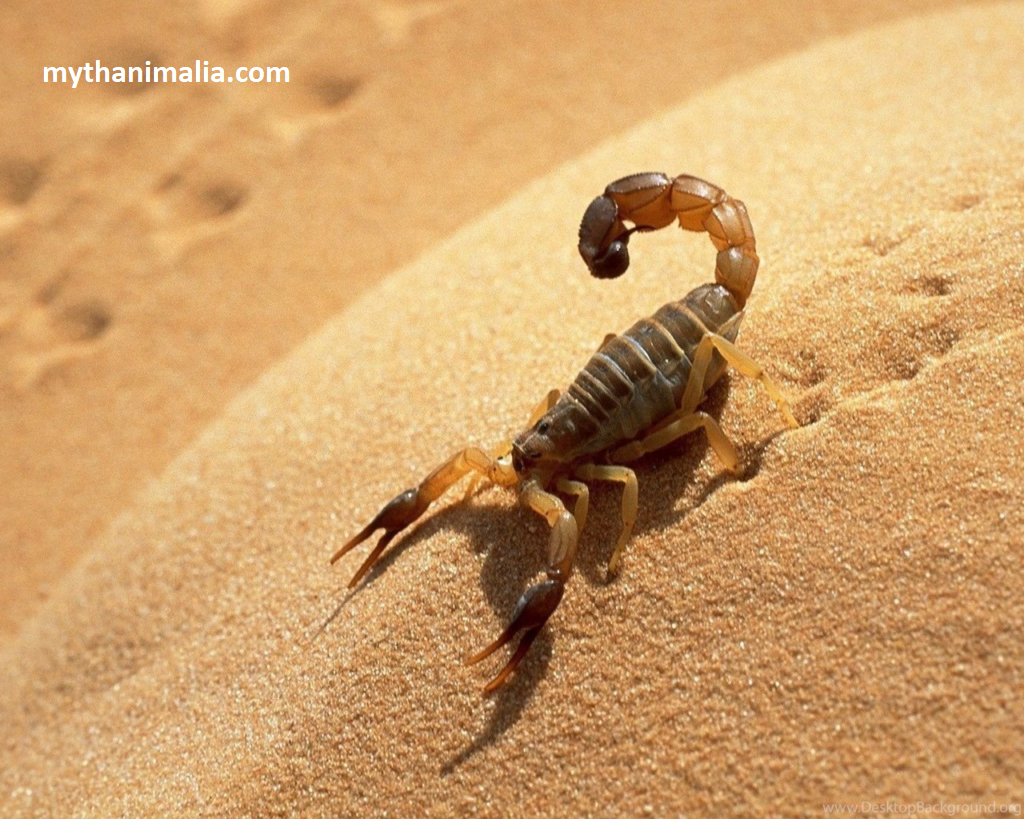
4- Desert Tortoise
The iconic desert tortoise, with its sturdy shell and ability to withstand prolonged periods without water, symbolizes endurance in the harsh desert landscapes.
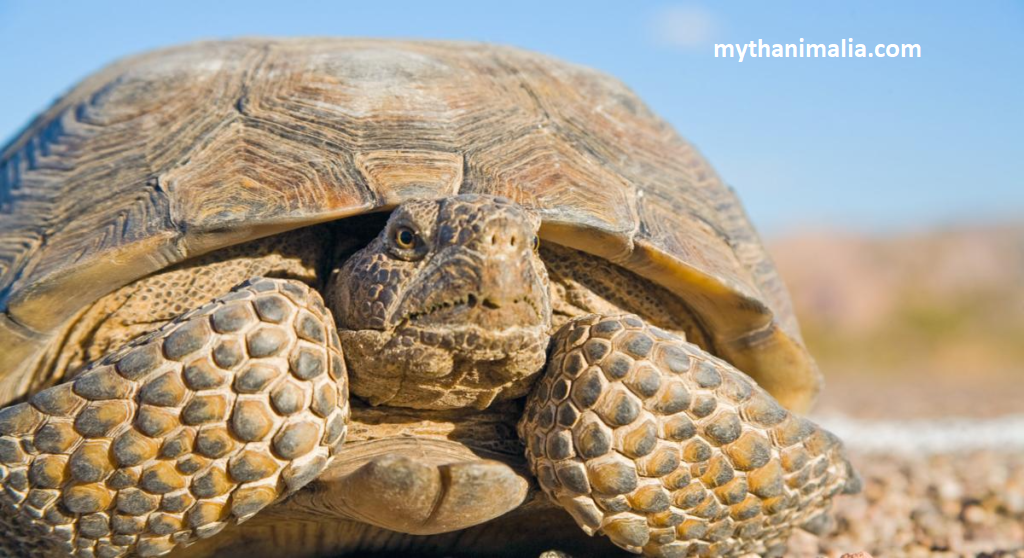
5- Gila Monster
The venomous Gila monster, native to North American deserts, exhibits unique behaviors and adaptations, contributing to the diversity of desert ecosystems.

6- Sidewinder
Do you know that Sidewinder has a cool trick up its sleeve? It’s got this amazing camouflage. That helps it blend in perfectly with the sandy desert terrain. Its colors and pattern match the surroundings, which makes it hard to spot both predators and prey.
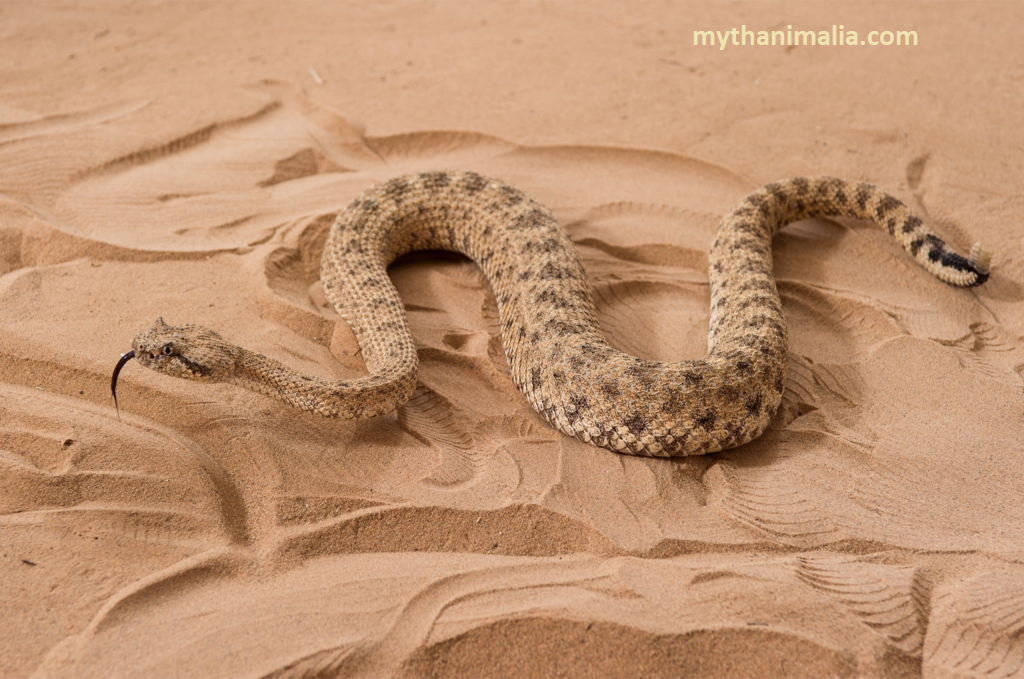
Plant-Animal Interactions
Desert flora and fauna share intricate relationships crucial for their mutual survival. We discuss mutualistic partnerships and the vital role plants play in providing sustenance to wildlife.
Challenges Faced by Desert Wildlife
Harsh climatic conditions and human activities pose significant threats to desert ecosystems. We examine the challenges desert wildlife faces and the urgent need for conservation measures.
Conservation Efforts
Highlighting the importance of preserving these fragile ecosystems, Ongoing conservation initiatives worldwide, and their impact on maintaining biodiversity in deserts.
Biodiversity Hotspots in Deserts
Certain regions boast exceptional biodiversity, and we spotlight these hotspots, showcasing the variety of species that call these places home.
Nightlife in the Desert
As the sun sets, creatures that are active during the night come to life in the desert. These animals have adapted to the dark and have their unique activities.
Climate Change Impact on Desert Wildlife
Deserts, with their stark beauty and seemingly harsh conditions, are home to a surprising array of wildlife, from towering cacti and slithering snakes to soaring eagles and burrowing mammals, these creatures have adapted to survive in a land of extremes. However, the delicate balance of desert ecosystems is now facing a new and formidable threat.
Folklore
Many desert species feature prominently in folklore, with stories and myths woven around their behaviors and adaptations. This cultural connection adds a layer of fascination to the study of desert wildlife.
Predator-Prey Ballet
Desert ecosystems feature a delicate ballet of predator-prey relationships. From the stealthy hunting techniques of desert predators to the ingenious evasive maneuvers of their prey, survival is a finely tuned dance.
Mutualistic Partnerships
In the seemingly harsh desert environment, mutualistic relationships between species abound. Examples include pollination partnerships between desert plants and their insect allies, showcasing the interconnectedness of desert life.
Which desert is the largest in the world
The Sahara Desert is The Largest in the world, it’s spread in North Africa With an area of 9,200,000 square kilometers
Sahara Desert
The Sahara Desert, the largest hot desert in the world, is home to unique wildlife such as the ADDAX antelope and Saharan cheetah. It stands as a testament to the adaptability of life in desolation.
Addax Antelope
The addax antelope, adapted to the arid desert landscape, possesses unique spiraled horns and a remarkable ability to survive with minimal water intake, showcasing the extraordinary resilience of the Sahara’s fauna.
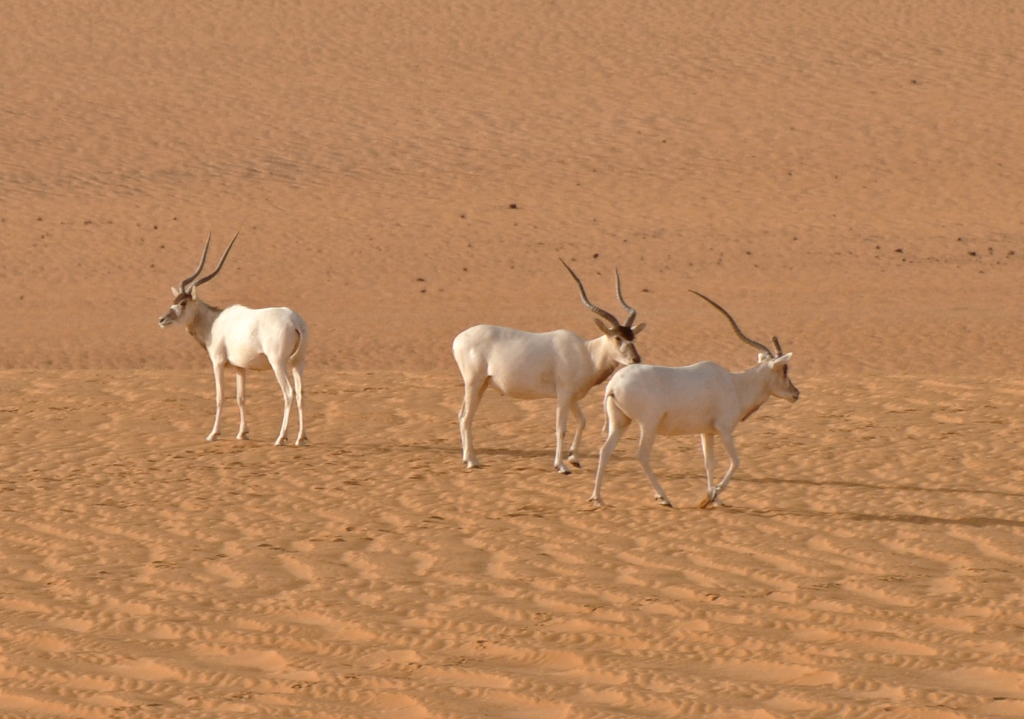
Saharan Cheetah
The Saharan cheetah, a critically endangered species, is a master of speed and endurance, navigating vast desert expanses in search of prey. Its sleek frame and distinct tear markings make it an iconic symbol of the Sahara’s wildlife.
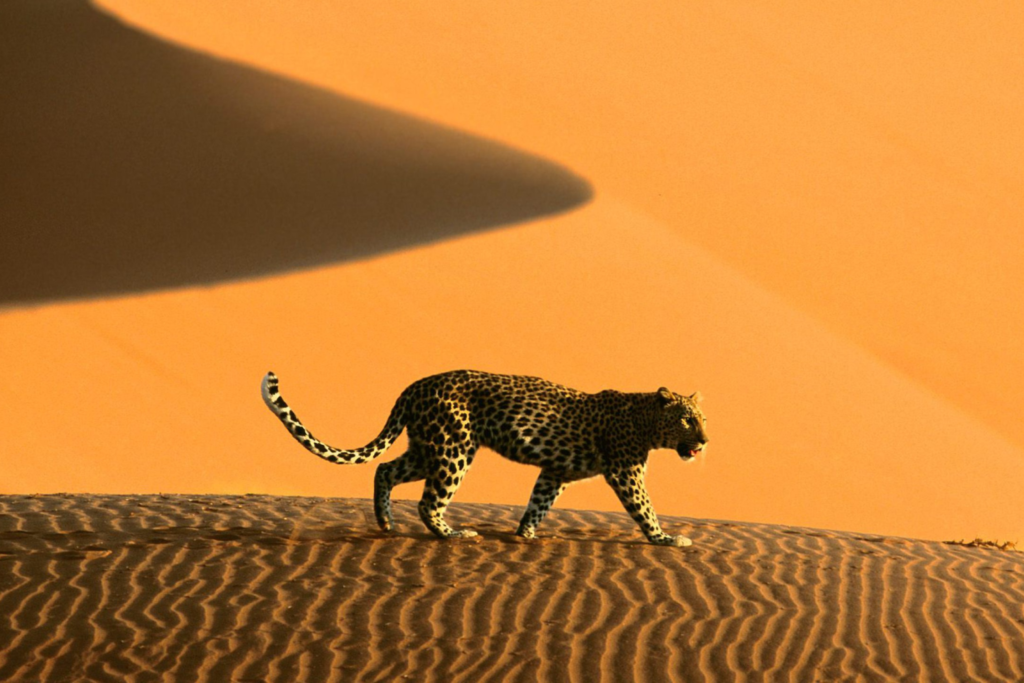
Protected Areas
Establishing protected areas and wildlife reserves is crucial for safeguarding the habitats of desert wildlife. These spaces provide a refuge for species facing increasing threats.
Harsh Environments
Researchers face challenges in studying desert wildlife due to the harsh and remote nature of these environments, requiring specialized equipment and logistical planning.
Limited Resources
Limited funding and resources can hinder comprehensive research efforts, underscoring the need for collaborative initiatives and support for desert wildlife studies.
Technology Advancements
Advancements in technology, such as remote sensing and GPS tracking. Offer new avenues for studying desert wildlife without disturbing their natural habitats.
Responsible Tourism
Tourism can be a double-edged sword for desert ecosystems. Promoting responsible tourism practices ensures that visitors can appreciate wildlife without causing harm to fragile habitats.
FAQ’s
Q1- What Animals Live in the Desert?
A1- Desert fauna includes a diverse array of species such as camels, fennec foxes, desert tortoises, scorpions, rattlesnakes, and various bird species. Each has unique adaptations allowing them to thrive in arid conditions.
Q2- How Do Desert Animals Survive?
A2- Desert animals survive through various adaptations, including nocturnal behavior to avoid daytime heat, efficient water conservation, and specialized physiological features that enable them to withstand extreme temperatures.
Q3- What Plants Thrive in Deserts?
A3- Plants that thrive in deserts include the saguaro cactus, Joshua tree, agave, and various succulents. These plants have evolved water-storing mechanisms, reduced leaves to minimize water loss, and developed deep root systems.
Q4- Why are Deserts Important?
A4- Deserts play a crucial role in maintaining global ecosystems. They contribute to biodiversity, serve as habitats for unique species, and influence weather patterns. Deserts also have cultural significance for many communities.


